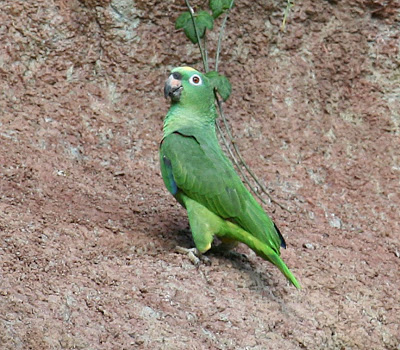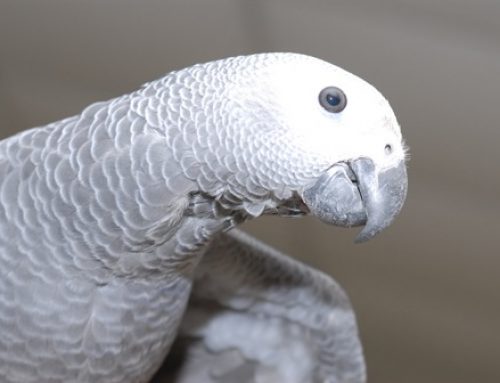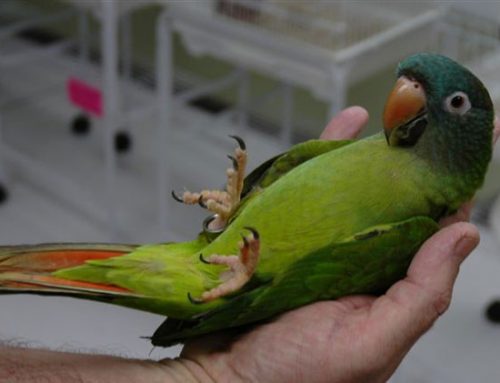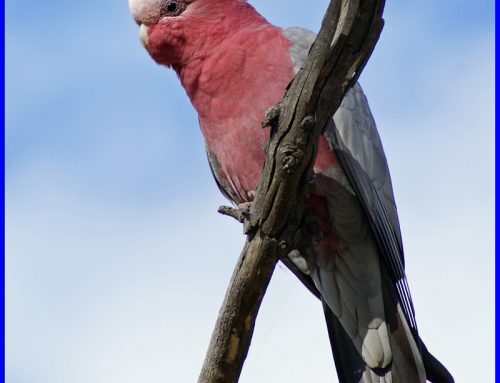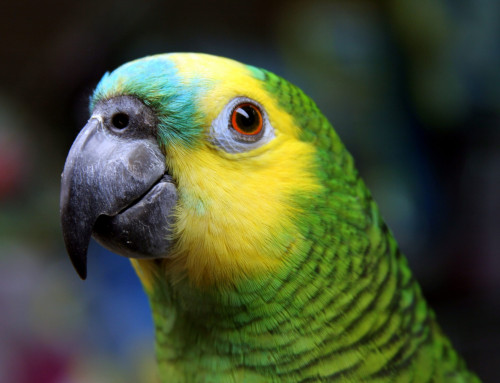Mealy amazon at Appleton exotics
The Mealy amazon Parrot (Amazona farinosa) is one of the largest Amazon parrot species. The species is called the Mealy Amazon in the United States and the Blue-crowned Mealy Parrot in the United Kingdom.
Distribution / Range
The Mealy amazon Parrot is endemic to tropical Central and South America. Its range stretches from southern Mexico south into south-eastern Colombia, Peru, Venezuela, northern Bolivia and eastern Brazil; where they inhabit the sparse Amazon Rainforest.
Description:
The Mealy Parrots are social and can usually be found in pairs or in large flocks. They are even known to interact with other parrots, such as macaws. They are usually quiet, but can get loud at dusk and dawn.
These large amazon parrots average 38-41 cm (15 – 17 inches) in length, including the tail and typically weigh between 540 to 700 g (19.01-24.64 ounces). Some Mealy parrots, however, are much larger than this.
Though less colorful than related parrot species, Mealy Parrots have a patch of blue, purple, or violet on the top of their heads. Along with the purple or blue crown, Mealy Parrot sometimes have patches of yellow on the head and usually have a green or mostly green body, with tail feathers being light green or lime at the tip. Some Mealy Parrots have a light blue/teal sheen to their green coat, and an undercoat of yellow blue, purple, red, and/or teal. The beaks are usually yellowish. The eyes are a reddish-orange color, and underneath the eyes are usually white unfeathered rings.
Similar Species ID: In South America, it is commonly confused with the Yellow-crowned Amazon, but can be recognized by its larger size. It also has less yellow to the crown – although that is not entirely reliable, as some Yellow-crowned Amazons may show almost none. They have a whitish tinge to their plumage and broader white eye-rings. Also, the red of the leading edge of the wing is placed near the phalanx (not near the radiale), but this is often difficult to see (especially on perched birds). Their voices are also very different.

